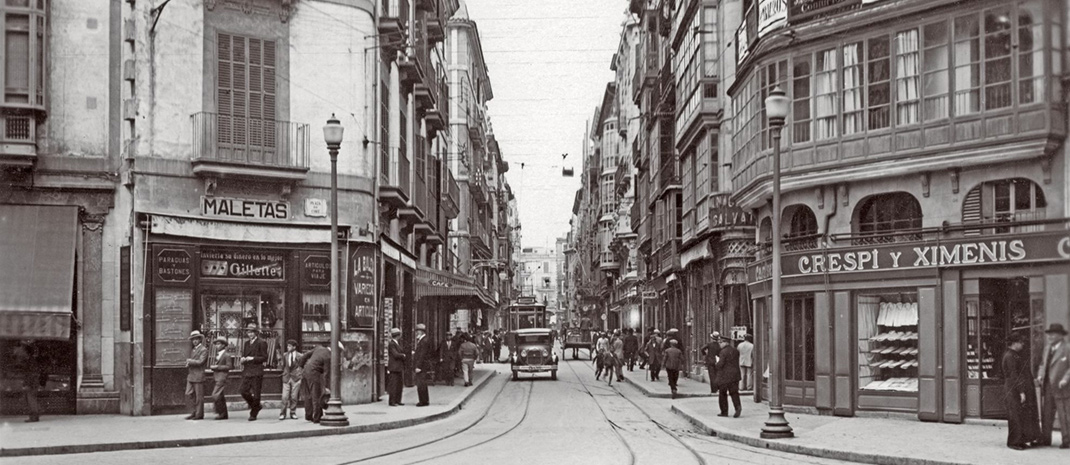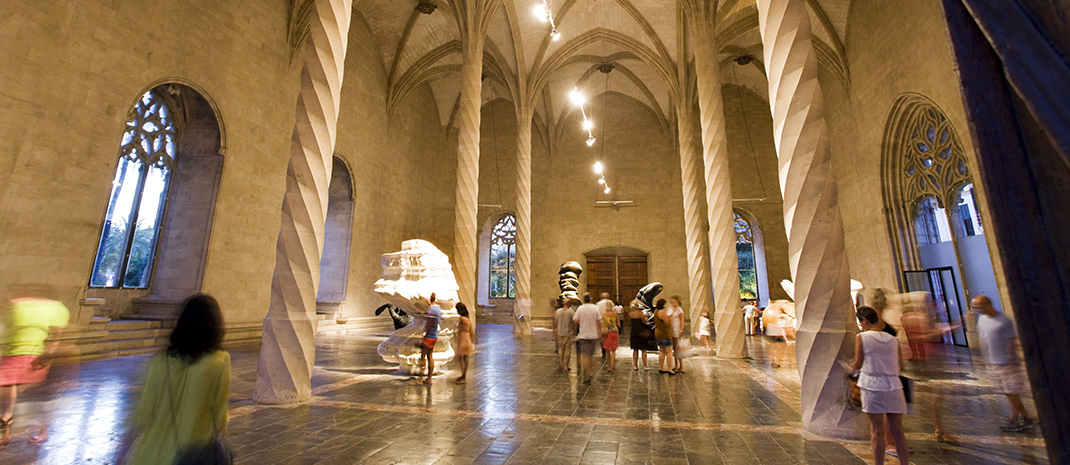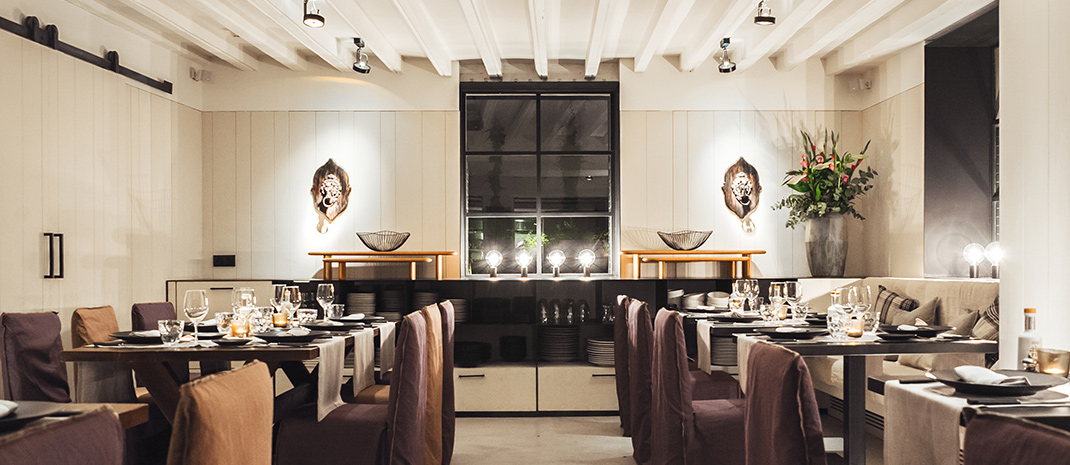With its millenary history, its architectural jewels, its cultural wealth, its enigmatic and dazzling old town and its wide range of culinary options and social and leisure activities, Palma is a safe and well-connected city, with one of the highest living standards in the world.

HISTORY
The official "birth" of Palma dates from 123 BC, when the troops of the Roman general Quintus Caecilius Metellus occupied the city. Some centuries later, it was incorporated into the Umayyad emirate of Cordoba, and was renamed Madina Mayurqa. In 1229, with the conquest of King James I of Aragon, the foundations of present-day Mallorcan society were laid: religion, culture, institutions, customs and language. Thanks to the impulse of tourism, Palma has been one of the main cities in the Mediterranean for the last 50 years.

MONUMENTS
The Catedral of Mallorca dominates the Bay of Palma with majestic splendour. It is one of the most admired Gothic monuments in the world. It was built in 1229, when the Crown of Aragon conquered the island. Bellver Castle is the only castle in Spain with a circular shape. A 14th century Gothic-Catalan marvel that was conceived as a fort and residence of King James II of Mallorca. As for La Lonja, it is one of the masterpieces of Gothic architecture in Mallorca, built between 1420 and 1452.

CONTEMPORARY PALMA
Along with the rich heritage left by the different Roman, Muslim and Christian civilizations that have successively occupied the city, today Palma stands as a modern city, without losing its classical character and always with the Mediterranean Sea as a reference.
It is a city that is very easy to get around, with the different places of interest perfectly identified, without too many crowds and with the third busiest airport in Spain just 15 minutes by car from Son Vida.

ART AND CULTURE
The Es Baluard, museum of contemporary art, the Pilar i Joan Miró Foundation, the Joan March Foundation and the Casal Solleric are some of the city's art centres, with a very attractive programme of international exhibitions throughout the year. Bookstores with an extensive selection such as the Caixaforum, La Biblioteca de Babel or La Libera del Savoy, and the wide range of theatre, music and opera on offer at the Teatre Principal or Auditórium de Palma,are just a few examples of the rich cultural agenda you can enjoy in the city.

SHOPPING
The high standard of living of Palma de Mallorca is the reason why the major international fashion brands have boutiques in the main streets of the centre of Palma, the so-called "golden mile" of the city. Louis Vuitton, Cartier, Bulgari, Gant, Carolina Herrera and Hugo Boss, among other stores, live side by side with local fashion, jewellery and craft shops that offer high quality handmade products.

RESTAURANTS
Palma is a cosmopolitan city. This is evidenced by the wide variety of restaurants with cuisines from all over the world, Italian, Japanese, Hindu, Mexican and, of course, Mediterranean and Mallorcan. In addition, the list of restaurants with organic, vegetarian and vegan options is growing. The city also has 5 Michelin-starred restaurants, as well as a large number of gastronomic spots and charming tapas bars.

GUIDED TOURS
If you want to get to know the most picturesque spots of Palma first hand, there is nothing better than to take one of its guided tours by calling the telephone number (+34) 971 22 59 00. Among others, in "The city and the sea" you can discover the maritime history of the port. The tour "The Jewish Quarter" explores one of the most important districts of the Mediterranean during medieval times. And "Modernism in Palma" invites you to discover the modernist architectural influence of the 20th century.